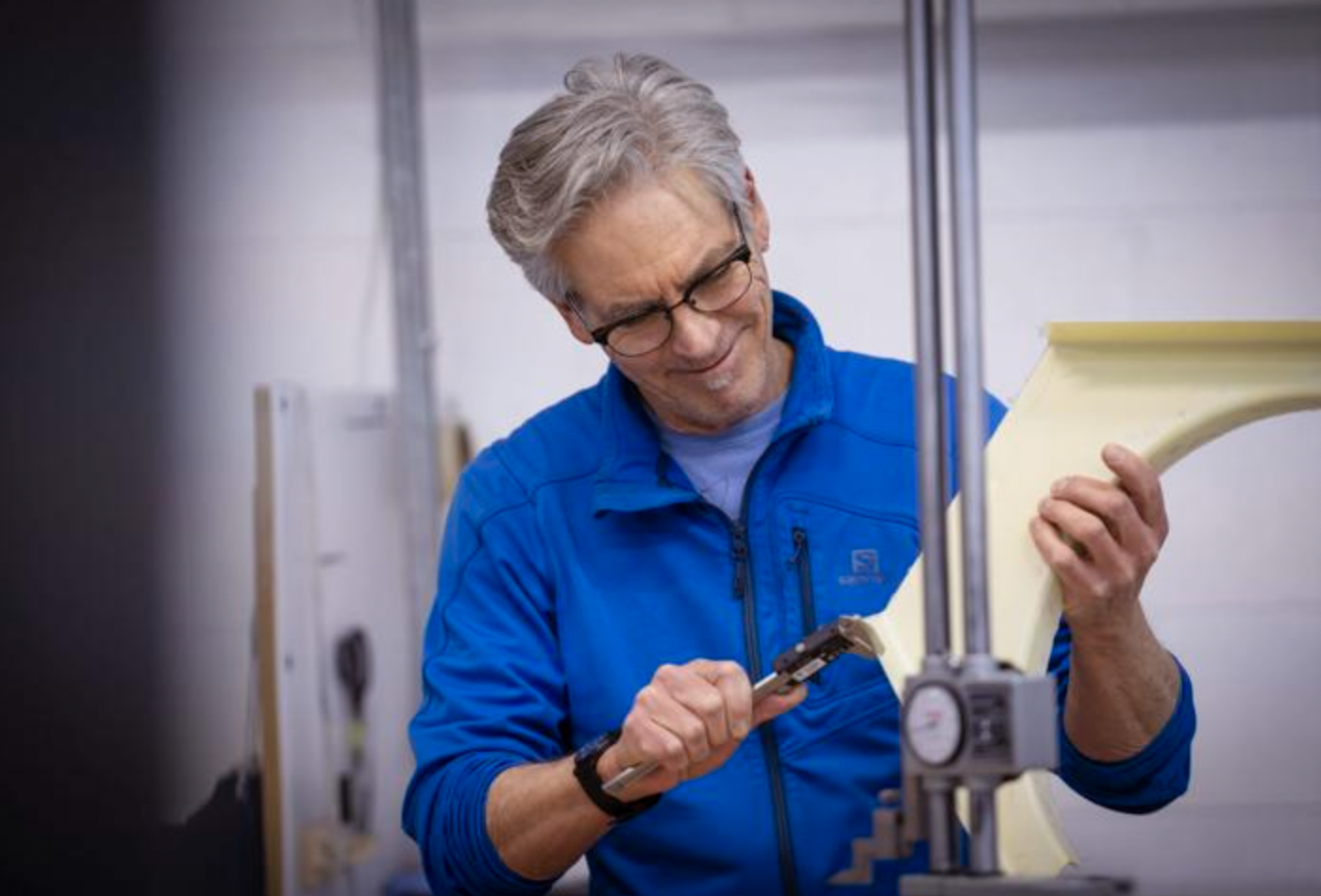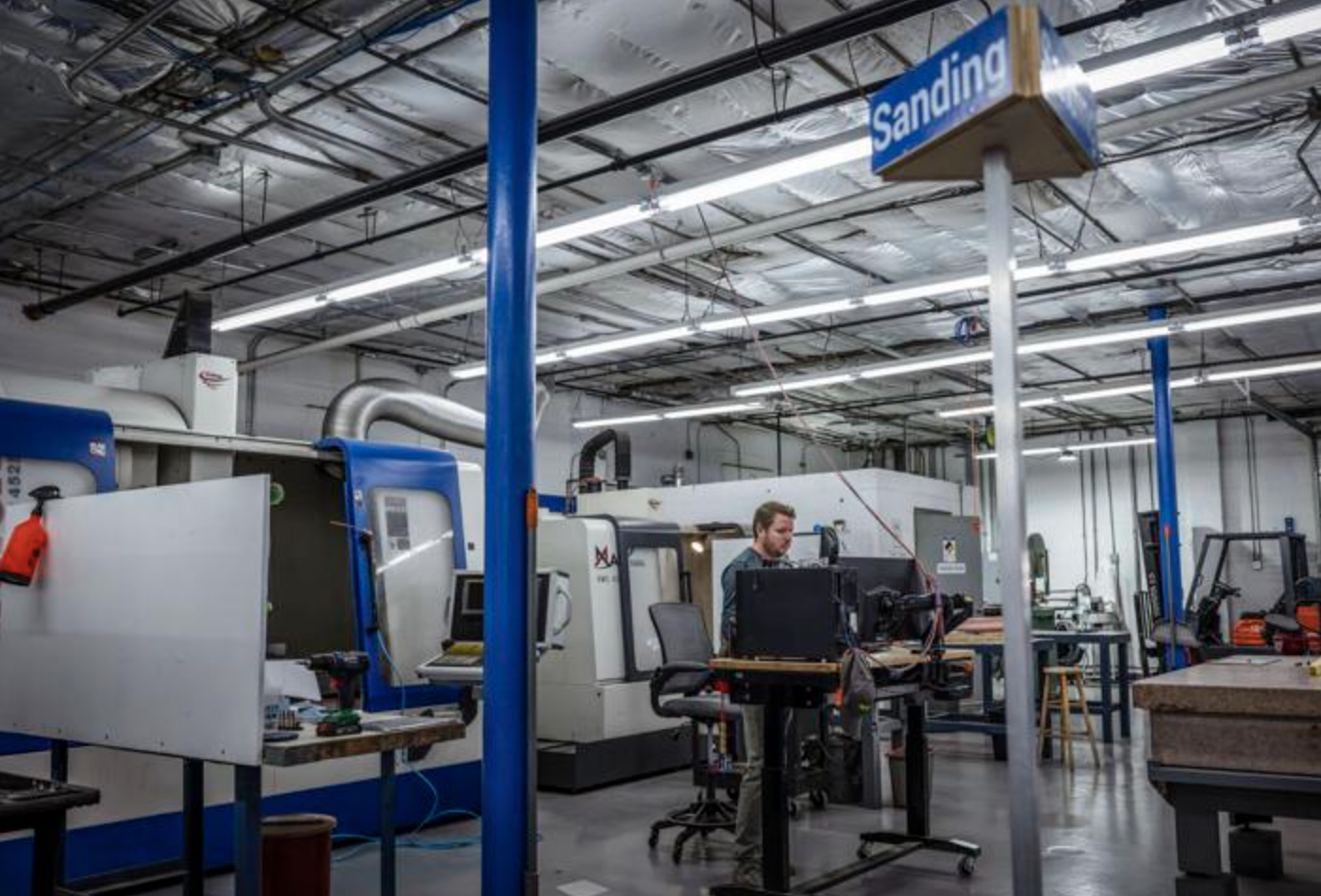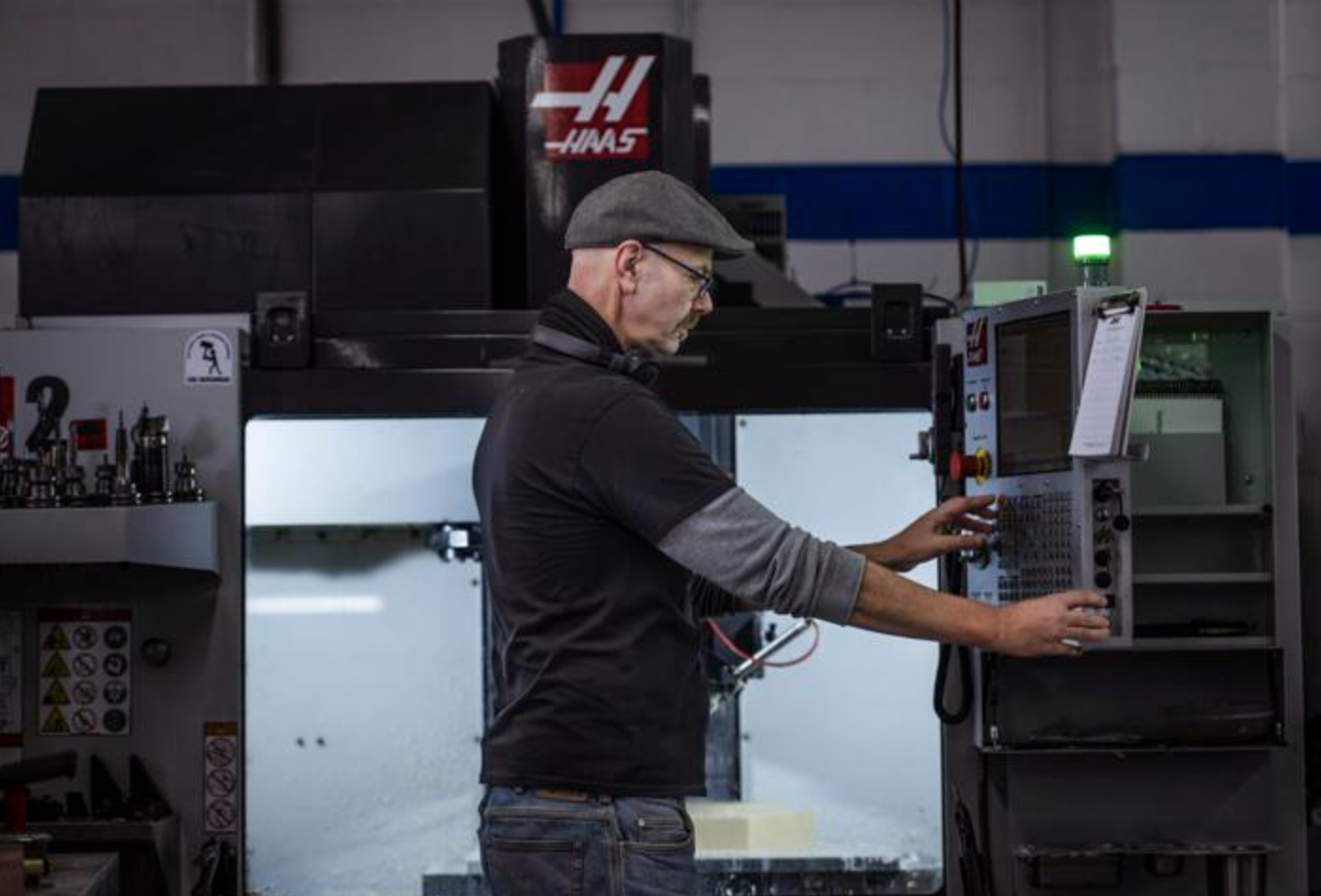FAQ: Precision Machining
Learn how we finish and machine composite parts with precision, to help your project achieve tight tolerances, and to create reliable fits with other components.
Will my carbon fiber part need any post-processing or machining after it’s molded?
- Most parts require some trimming, drilling, or finishing after molding to meet final specifications.
What features can be added with precision machining, like holes or slots?
- Machining can add holes, slots, countersinks, edge clean-up, and other detailed features.
How do you protect the part from damage during machining?
- By using the right tools and cutting speeds, and carefully securing the part to avoid cracking or delamination.
What tolerances can you achieve when machining carbon fiber?
- Typical machining tolerances for carbon fiber range from ±0.005" to ±0.010", depending on part geometry, material layup, and tooling. However, tighter tolerances may be possible with the right setup and material specifications.
How do you avoid issues like fraying, delamination, or cracking during machining?
- Using sharp, specialized tools and controlling the feed rate helps prevent damage during cutting.
What tools and techniques do you use for machining carbon fiber?
- Machining is typically done using diamond-coated or carbide tools with dust control systems.
How can you machine my part to fit precisely with other components?
- To ensure a precise fit with other components, we rely on detailed input from you. This includes technical drawings, CAD files, tolerances, and information about how the part will interact with surrounding parts. With this information, we can apply precision machining techniques to meet exact specifications.
Should I design features into the mold, or have them machined afterward?
- Simple features can often be molded in, but tighter or more complex ones are usually added by machining after curing.
What kind of finishing or cleanup do you offer after machining?
- We offer a range of post-machining finishing options, including edge cleanup, sanding, sealing, and surface prep for painting or bonding. The exact finishing process depends on your part’s requirements and final application.
How does machining affect cost and production time?
- Machining adds cost and time because it requires extra labor, tools, and careful handling, but it also ensures precision and a proper fit.



